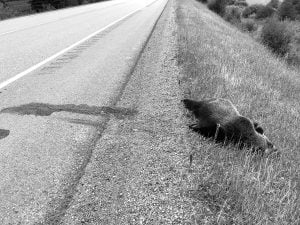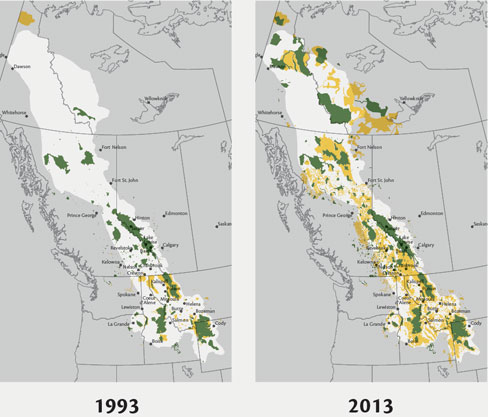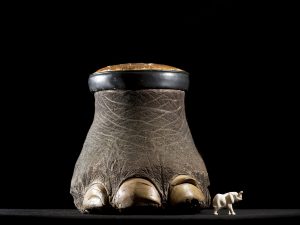In 1993, conservationist and Wildlands Project board member Harvey Locke began writing an essay entitled Yellowstone to Yukon, which became the inspirational framework for one of North America’s leading conservation partnerships. 20 years later, that partnership is now celebrating two decades of successfully promoting protected land designations from Northwest Canada to the Western central United States.
“My initial aspirations were that we could build a community of like-minded Canadians and Americans who could work together across the border on the common cause of wildlife connectivity from Yellowstone to Yukon. I am pleased that has happened,” Locke says. Now acting as Strategic Advisor as well as founder, he adds that certain projects have been key to the Initiative’s development, “We have had real success in buying key parcels of private land in both countries to connect animal movements between big blocks of public land. Highway crossing structures for wildlife have been built in several places (including the famous ones in Banff) and some great new parks have been created or expanded like the Nahanni.”
Over its 20 years of progress, the Yellowstone to Yukon Initiative has been involved in aiding expansion of the Yukon’s legally protected land by over 80 per cent, as well as significant areas of British Columbia and the Western United States’ designated protected land. Land with other conservation designations in the region have similarly seen an increase of well over 50 per cent. Since its inception, the Initiative has inspired conversation and advocacy projects in eastern North America including A2A (Algonquin to Adirondacks) and B2B (Baja to Bering Strait, a marine environment conservation initiative.)
Wendy Francis, program director of the Yellowstone to Yukon Initiative, expands on those successes by discussing current projects: “We have a tremendous opportunity right now in Alberta, which is undertaking large regional land use plans throughout the province. Four of those land use plans impact the mountains and foothills of the Yellowstone to Yukon region. We could significantly advance the Yellowstone to Yukon vision, as well as strengthen resilience to climate change, protect against floods or drought, and safeguard the province’s sources of drinking water if those land use plans create more parks and modify industrial practices, especially logging, in Alberta’s Headwaters. Y2Y is leading a project to influence those land use plans by involving citizens, municipalities, and other partners in the land use planning process.”
They are also working in a landscape of which few Canadians, or British Columbians for that matter, are even aware. They call it the ‘Peace River Break’ and it’s located in northeast B.C. where the Peace River flows East through a ‘break’ in the Continental Divide.
“This is a very narrow section of the Yellowstone to Yukon corridor, and yet its natural health rapidly is being broken up by intensive oil and gas operations including fracking, and could continue with the proposed Site C dam,” continues Francis, “Y2Y recently created a full time position here to work with landowners, First Nations, and other conservation interests in the region to create a shared vision for new parks and other actions to preserve wildlife corridors.”
With a growing awareness of environmental degradation and destruction around the globe and in our own backyards, the dedicated Canadian and American conservationists at the Yellowstone to Yukon Initiative have shown that in working together we can still protect vast remaining areas of wildlife and help mitigate existing human-related damage done to the environment.




